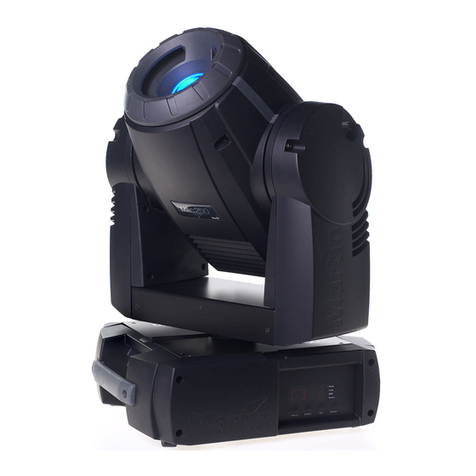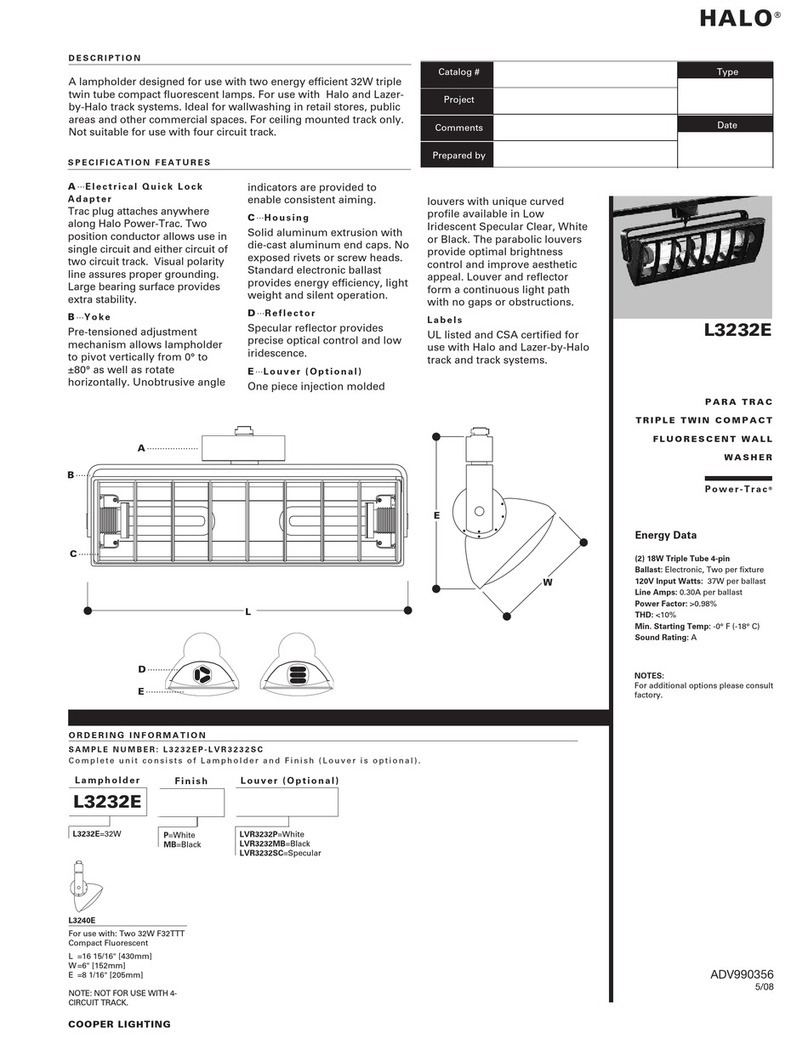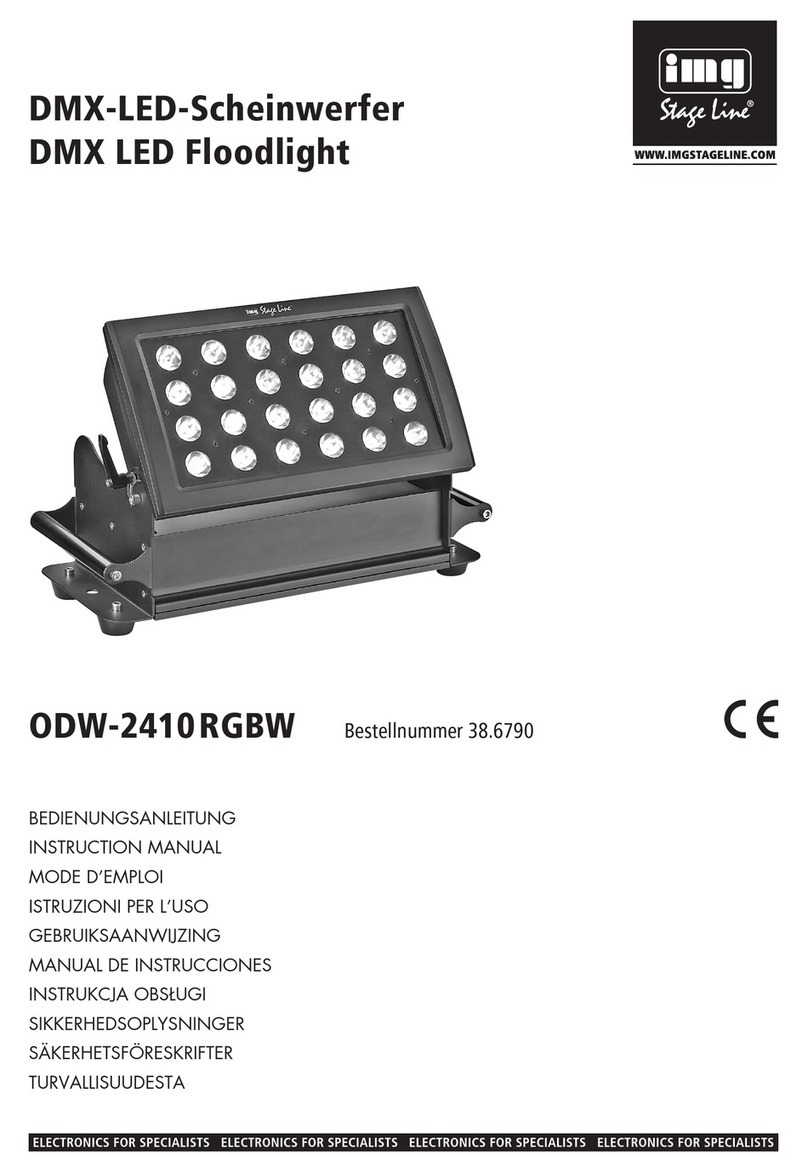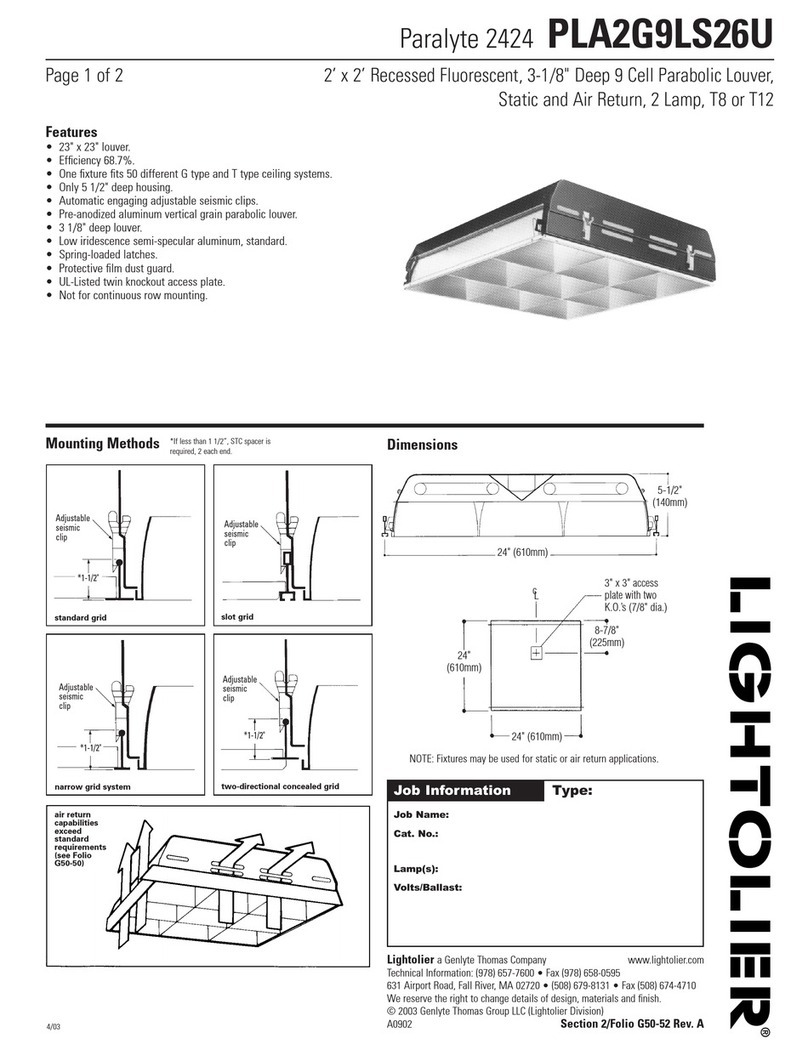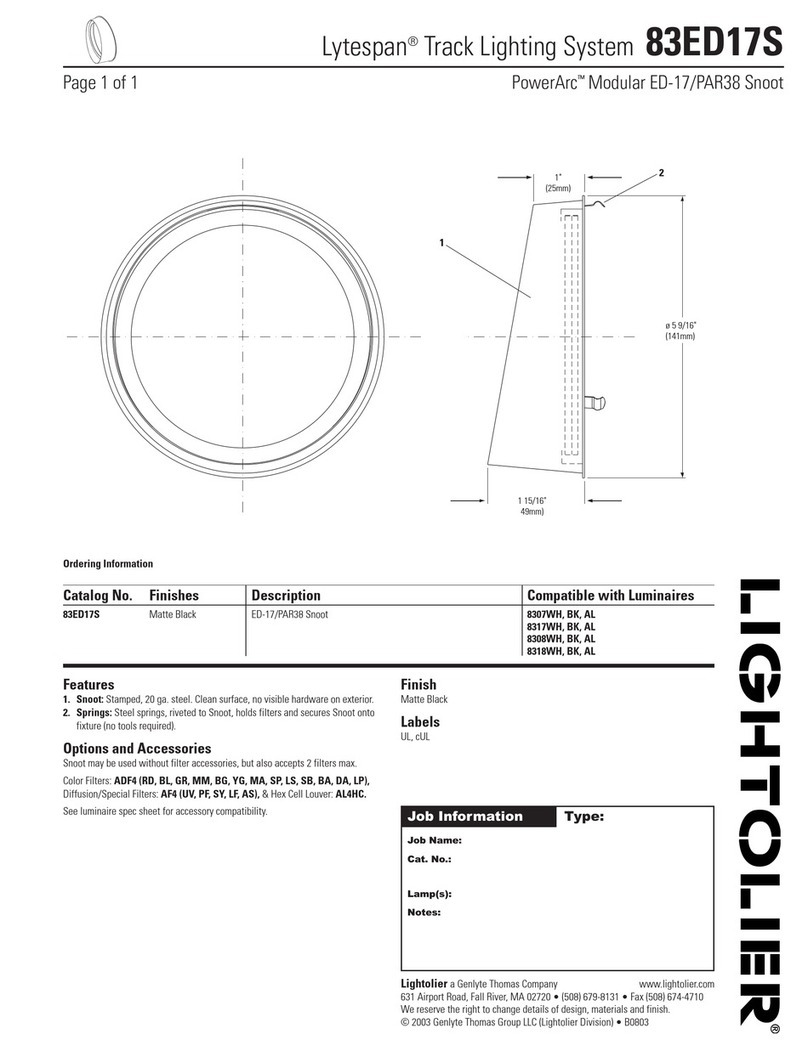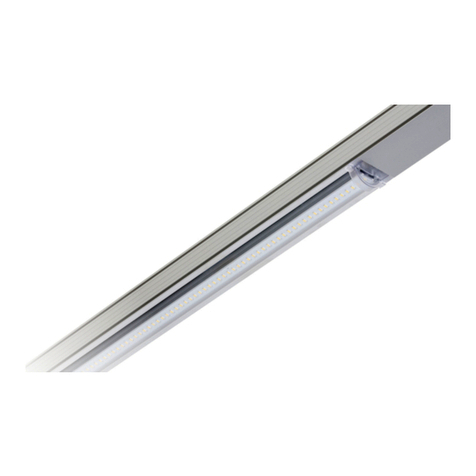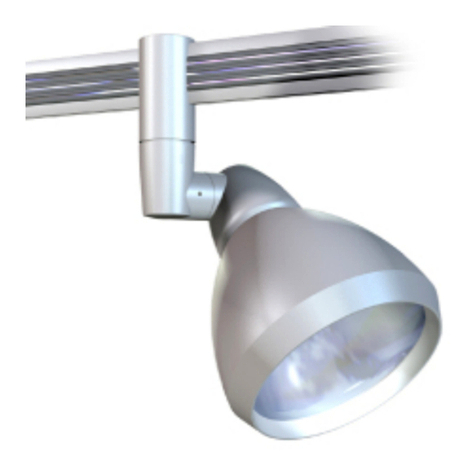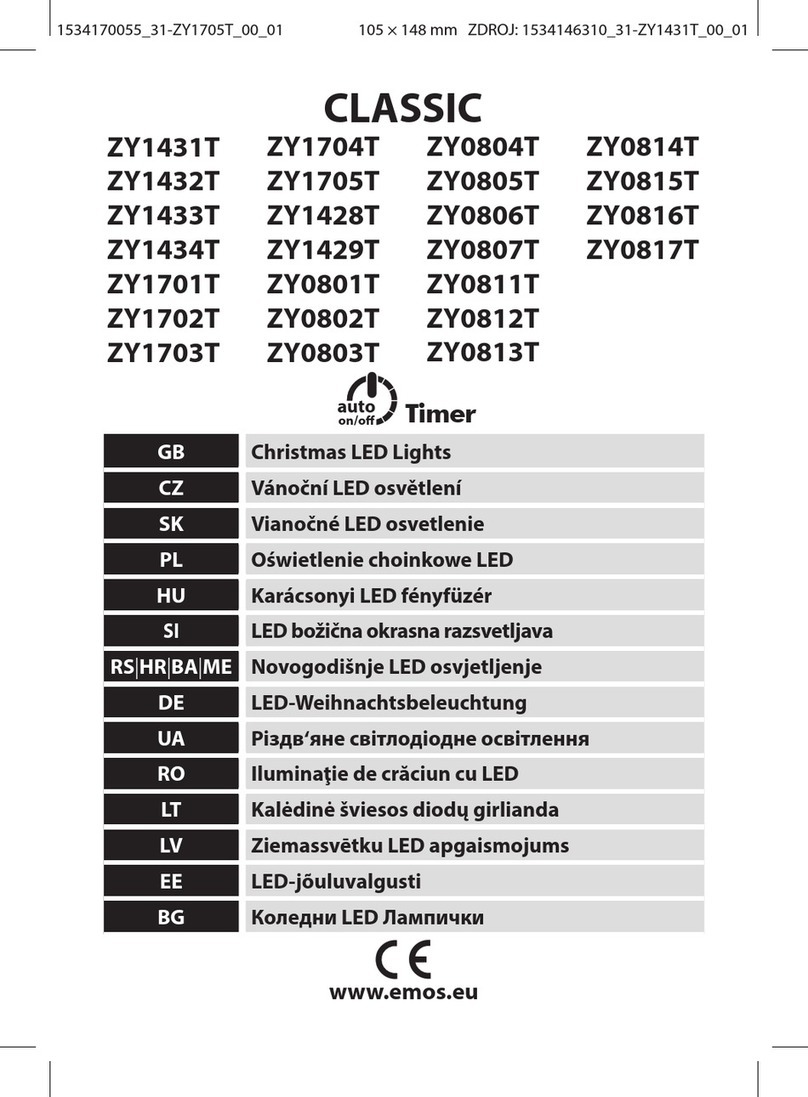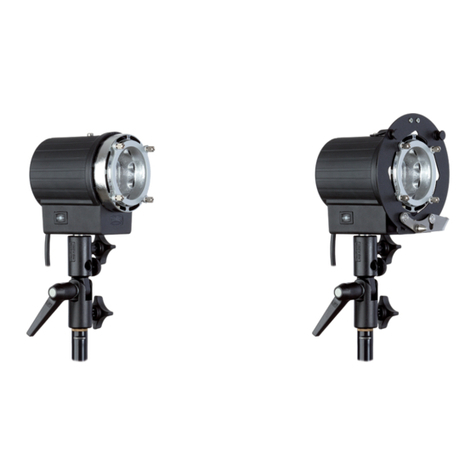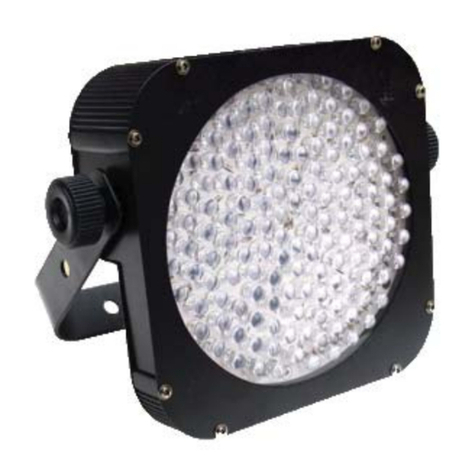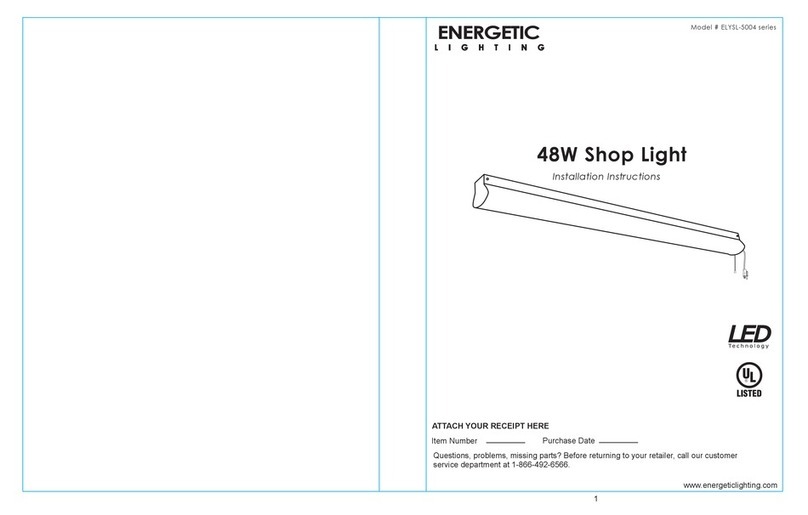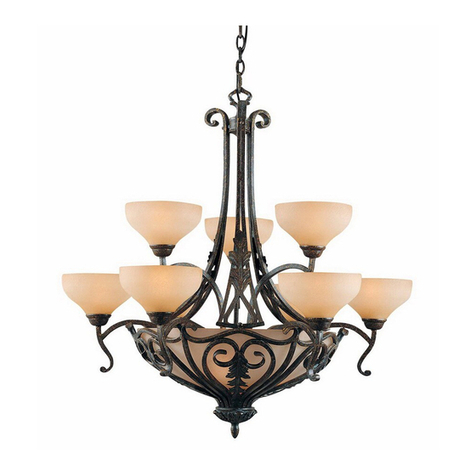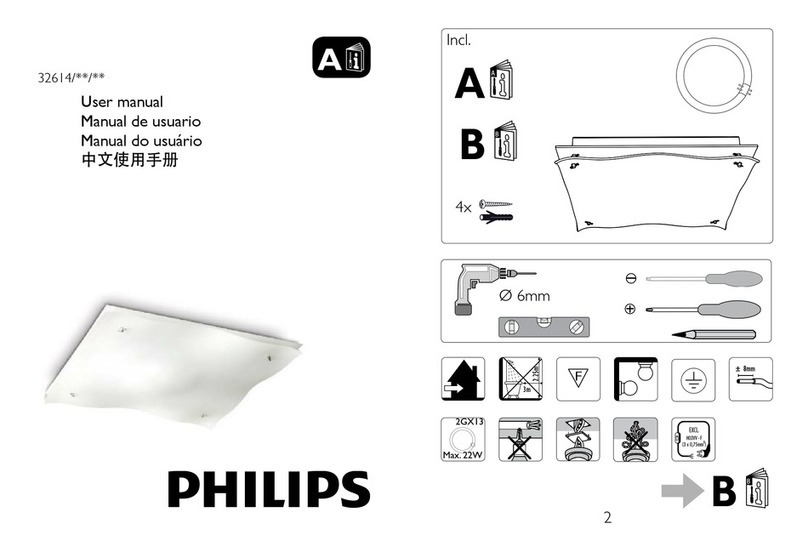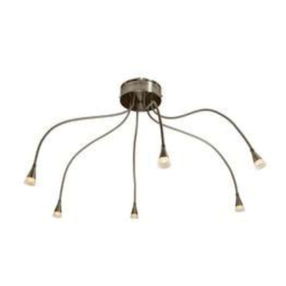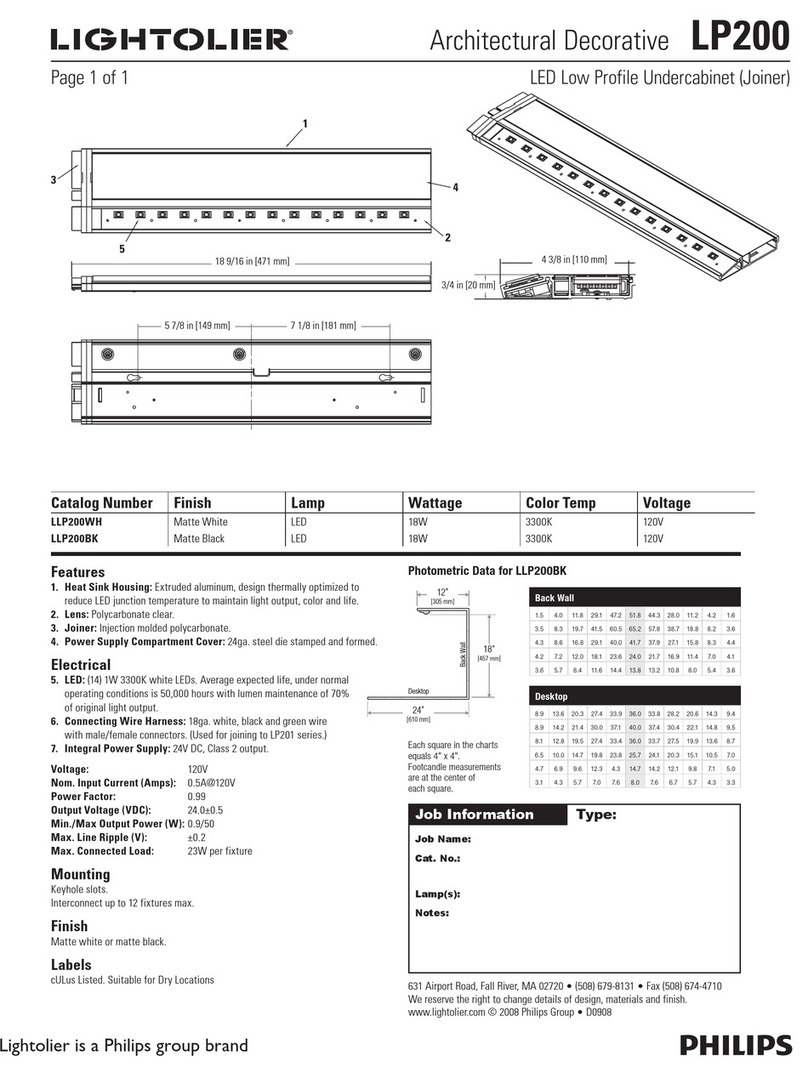Contents
1Safety information.................................. 2
1.1 Non-intended use..............................2
1.2 Intended use .....................................3
2Symbols, safety messages ....................3
2.1 Symbols ............................................3
2.2 Safety massage category..................3
3Introduction.............................................3
3.1 Features of the easygard100.............3
3.2 System components..........................3
3.3 Light curtain system applications.......4
3.4 General operation..............................4
3.5 Features............................................4
4Installation...............................................5
4.1 General instructions and precautions 5
4.2 Alignment..........................................5
4.3 Mechanical installation ......................6
4.4 Installation according to EN 81-20.....7
4.4.1 easygard100 SY-2000-36.................8
4.4.2 easygard100 SY-2000-32.................8
5Electrical installation..............................9
5.1 Connection to an elevator controller..9
5.1.1 PNP or NPN output.........................10
5.1.2 Push pull output..............................10
5.1.3 Solid state relay ..............................11
5.2 Connection to a power converter..... 11
5.3 Power-up.........................................11
6LED status description......................... 12
6.1 Transmitter edge (Tx)......................12
6.2 Receiver edge (Rx) .........................12
7Troubleshooting ................................... 12
8Maintenance.......................................... 12
9Product label......................................... 13
10 Product type description...................... 13
11 Technical Data...................................... 14
11.1 Optical............................................. 14
11.2 Mechanical...................................... 14
11.3 Environmental .................................14
11.4 Electrical..........................................14
11.5 Connection cable & electrical
connection..................................................14
11.6 General ...........................................14
11.7 Dimensions easygard100................15
12 Disposal ................................................ 15
1 Safety information
IMPORTANT READ BEFORE IN-
STALLATION!
The easygard100 light curtain system was developed
and manufactured using state-of-the-art systems and
technologies. However, injury and damage to the sen-
sor can still occur.
To ensure safe conditions:
Read all enclosed instructions and infor-
mation.
Follow the instructions given in this manual
carefully.
Observe all warnings included in the docu-
mentation and attached to the sensor.
Do not use the sensor if it is damaged in any
way.
Keep the instruction manual on site.
The easygard100 light curtain system should only be
installed by authorized and fully trained personnel!
The installer or system integrator is fully responsible
for the safe integration of the sensor. It is the sole re-
sponsibility of the planner and/or installer and/or
buyer to ensure that this product is used according to
all applicable standards, laws and regulations in order
to ensure safe operation of the whole application.
Any alterations to the device by the buyer, installer or
user may result in unsafe operating conditions.
CEDES is not responsible for any liability or warranty
claim that results from such manipulation.
Failure to follow instructions given in this manual
and/or other documents related to the easygard100
system may cause customer complaints, serious call
backs, damage, injury or death.
1.1 Non-intended use
The easygard100 light curtain system must not be
used for:
•Protection of dangerous machine such as
presses
•Equipment in explosive atmospheres
•Equipment in radioactive environments
•Outside the specified environments
Figure 1: Non-intended use
Use only specific and approved safety devices for
such applications, otherwise serious injury or death or
damage to property may occur!

